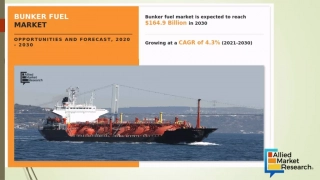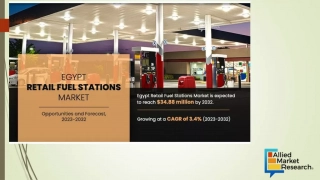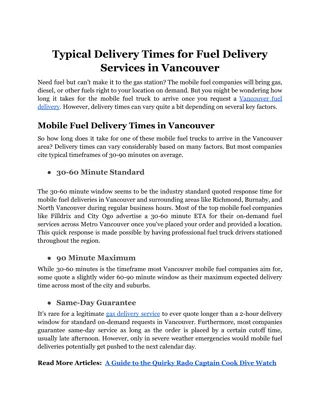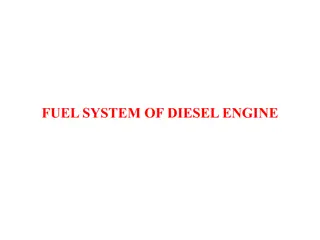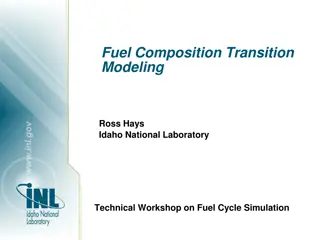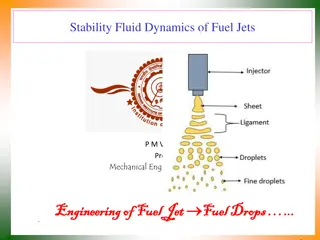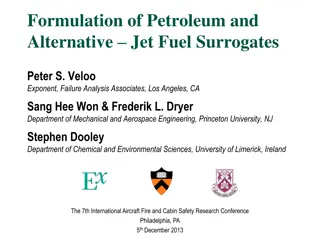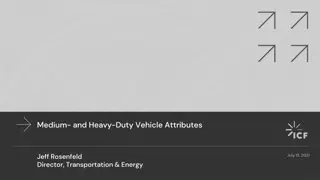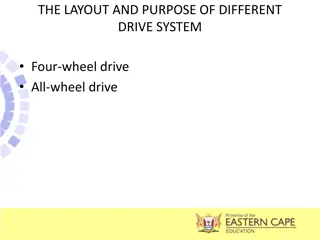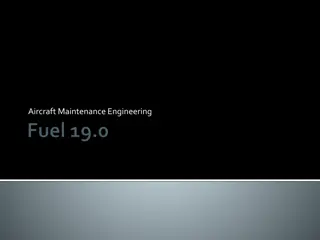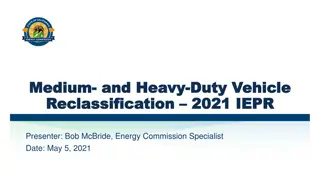Vehicle Classification Based on Purpose, Fuel, Capacity, Drive, and Body Styles
Explore different classifications of vehicles based on purpose, fuel type, load-carrying capacity, drive mechanism, engine location, and body styles. Learn about passenger cars, heavy vehicles, trucks, and more with detailed descriptions and images.
Download Presentation

Please find below an Image/Link to download the presentation.
The content on the website is provided AS IS for your information and personal use only. It may not be sold, licensed, or shared on other websites without obtaining consent from the author. Download presentation by click this link. If you encounter any issues during the download, it is possible that the publisher has removed the file from their server.
E N D
Presentation Transcript
1. According to Purpose (Use) a) Passenger Cars b) Goods Carriage c) Special Purpose d) Earth Moving e) Motor Cycle (Bikes) f) Mopeds
2. According to Fuel Used: a) Petrol Vehicles b) Diesel Vehicles c) LPG/CNG Vehicles d) Electric Cars e) Hybrid Cars f) Solar Cars g) Fuel Cell
3. According to Load Carrying Capacity: a) Heavy Motor Vehicle b) Medium Motor Vehicle c) Light Motor Vehicle 4. According to Drive Used: a) Left and Right Hand Drive b) Two Wheel and Four Wheel Drive
5. According to Engine Location and Mounting: a) Front Engine Front Wheel Drive b) Rear Engine Rear Wheel Drive c) Front Engine Rear Wheel Drive d) Bus Chassis e) Full Forward Chassis f) Semi Forward Chassis
6. According to Body Styles: A. Passenger Cars: a) Sedan/Saloon b)Hardtop c) Lift back (Hatchback) d)Station Wagon e) Coupe f) Limousine g)Convertible h)Estate Car
B. Heavy Vehicles/Trucks: b)Truck Half Body c) Truck Platform Type
The body of vehicle is designed to protect the passenger as well as various components of the vehicle from the air. An aerodynamic shape of car body is the external shape of car body which will offer least resistance to air motion. Whenever car is moving there is an air resistance to motion of car. This air resistance depends on (i) Size of car (ii) frontal shape and area (iii) speed and (iv) wind velocity.




